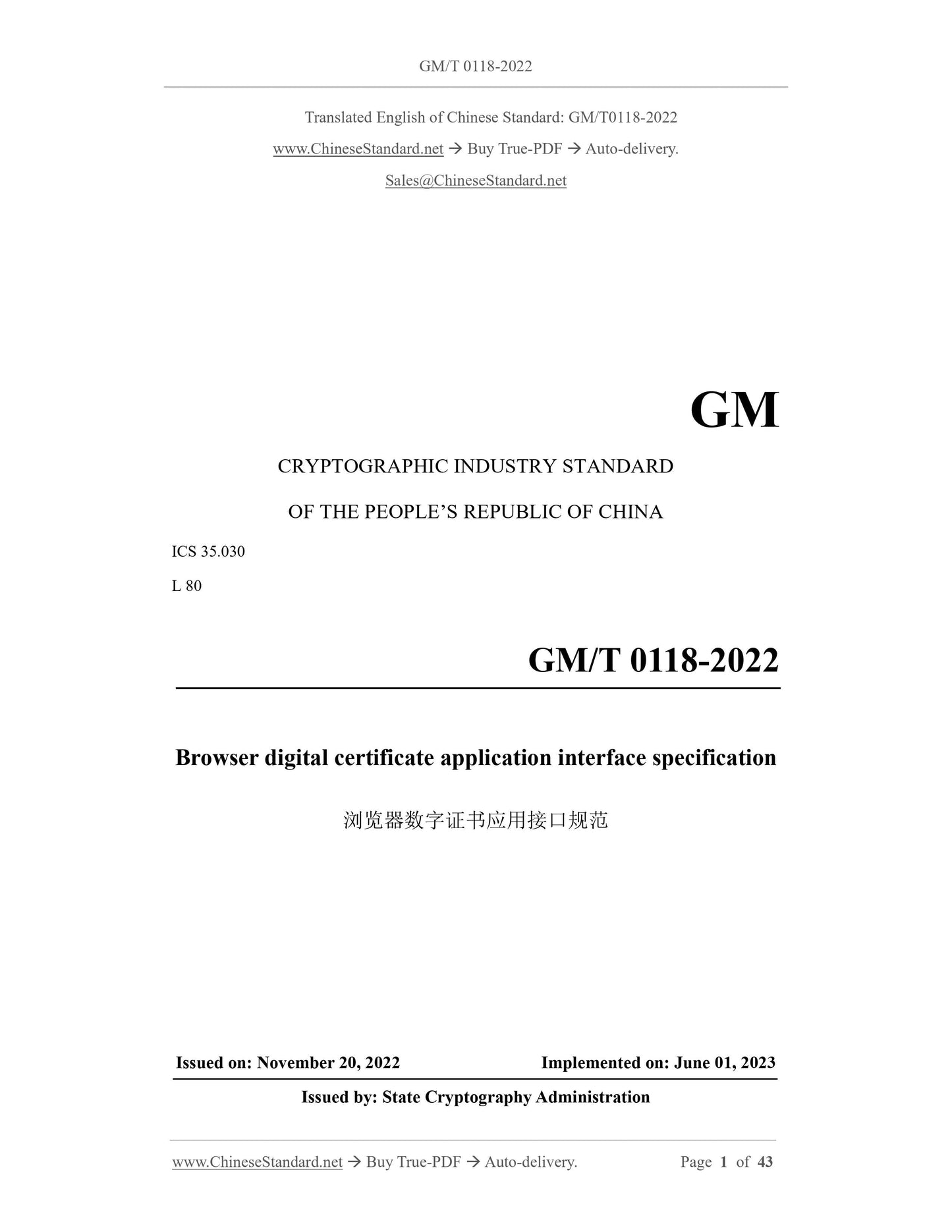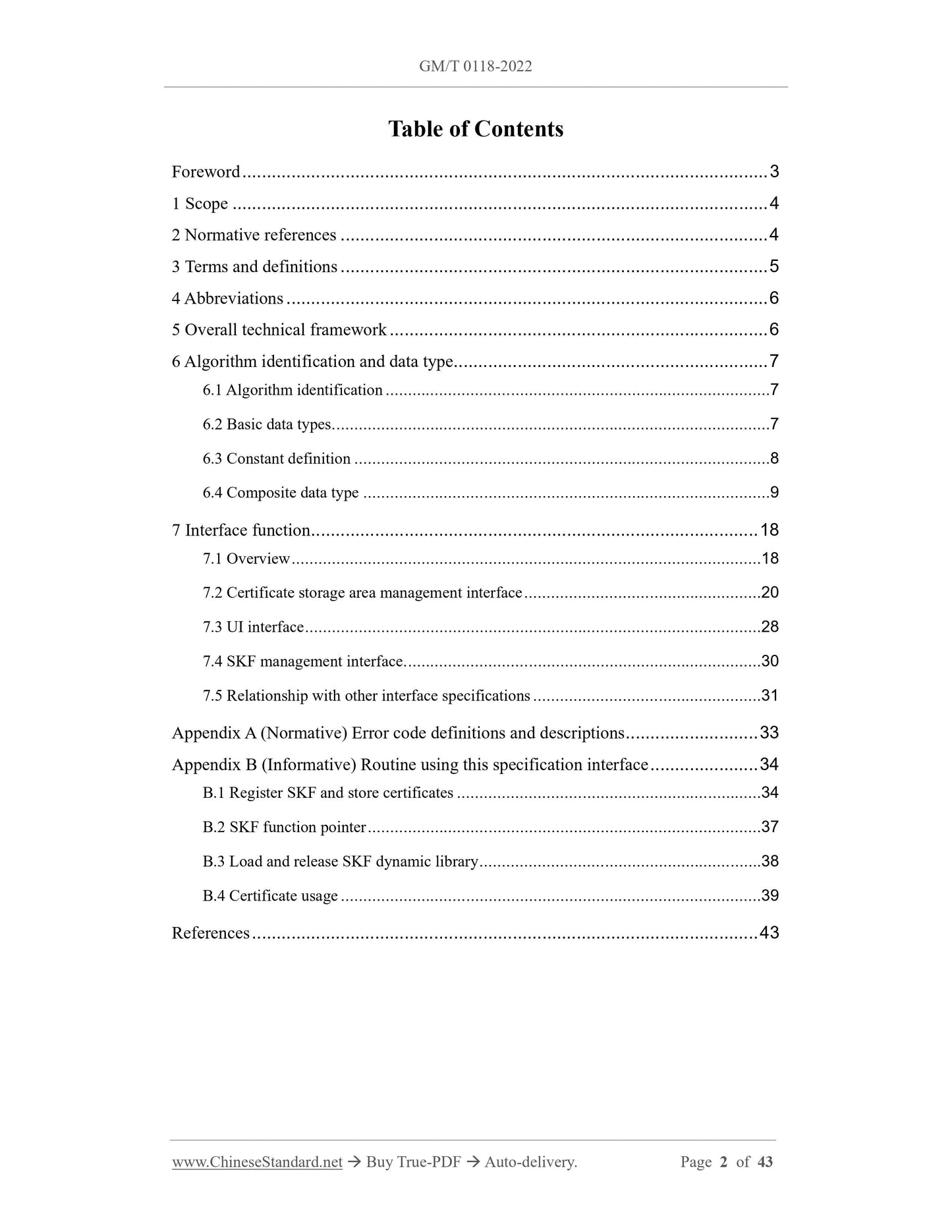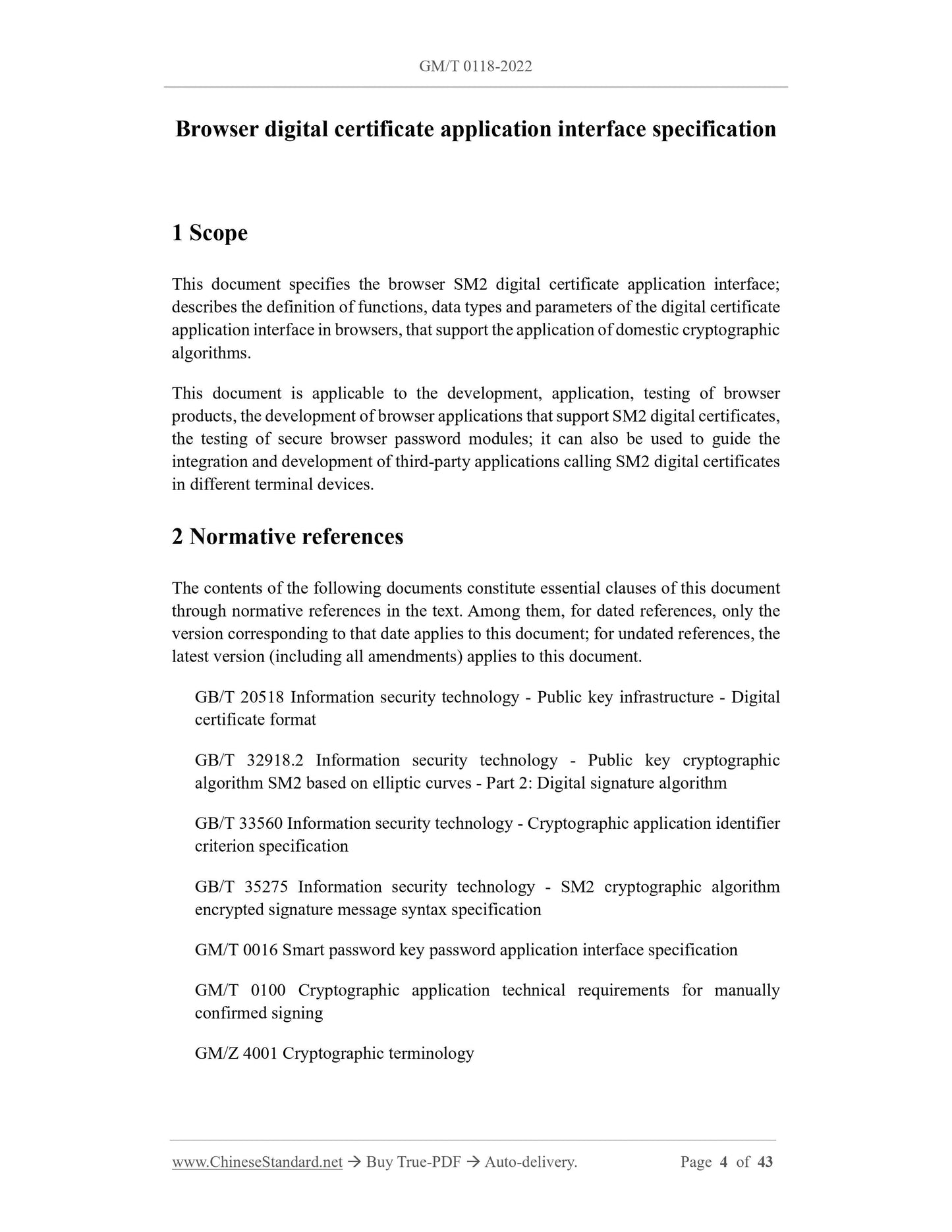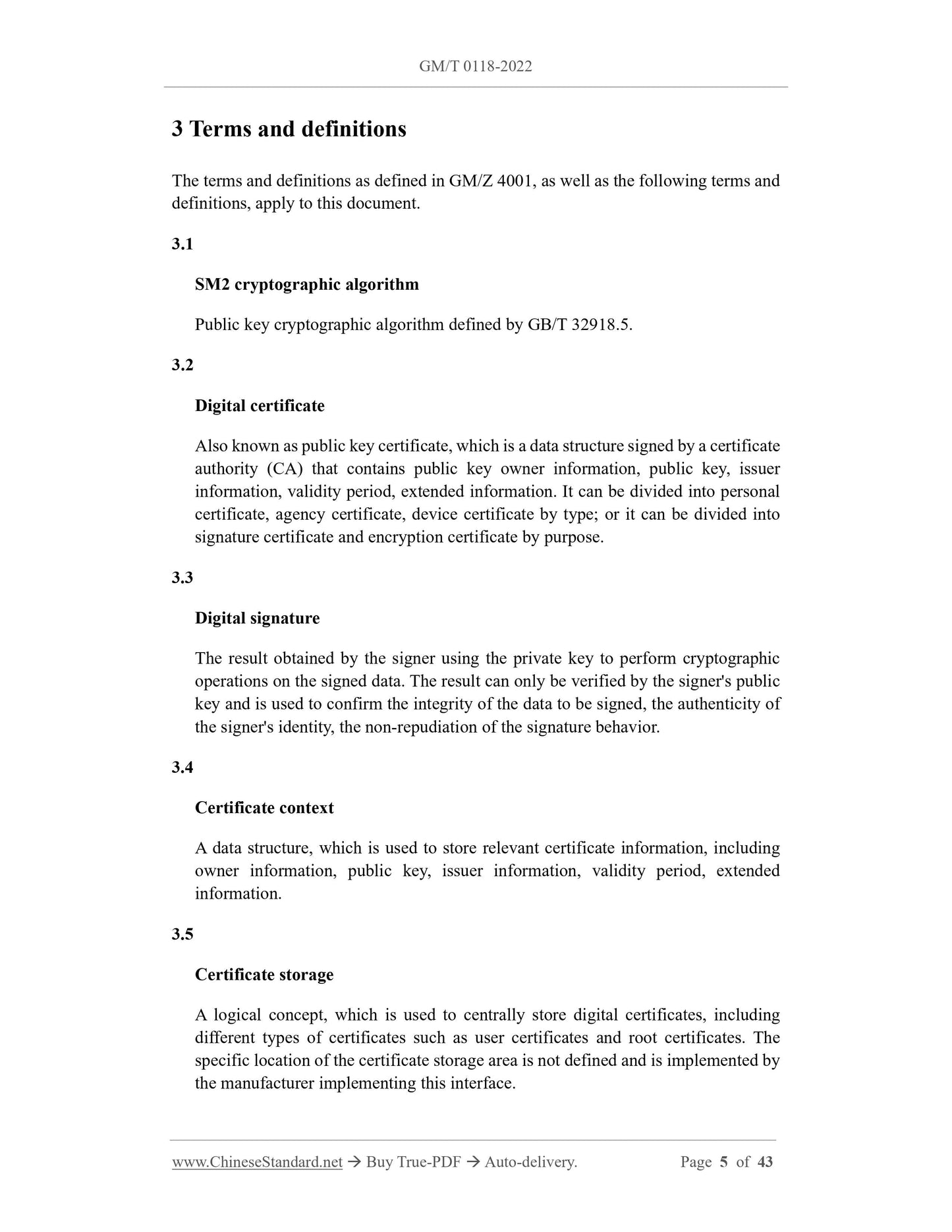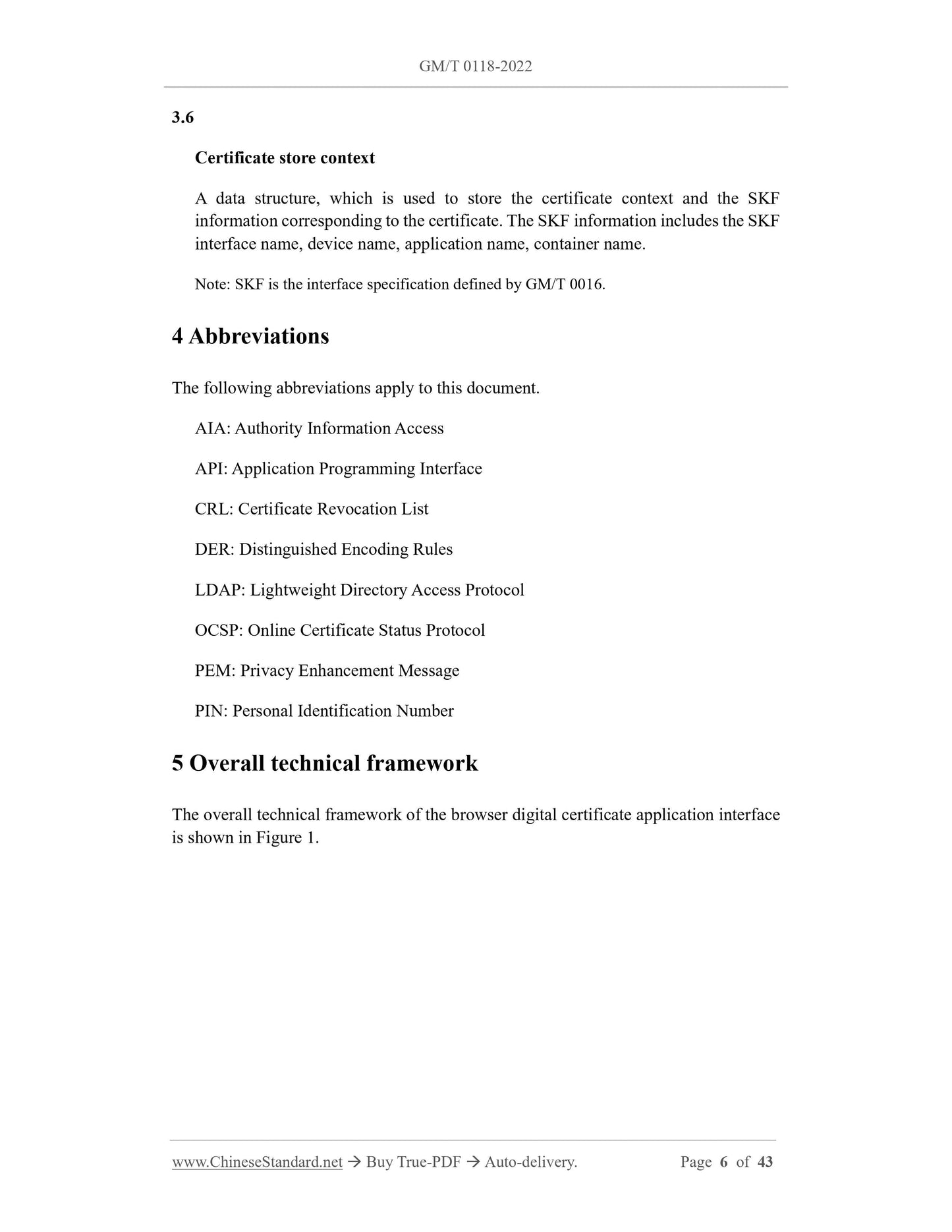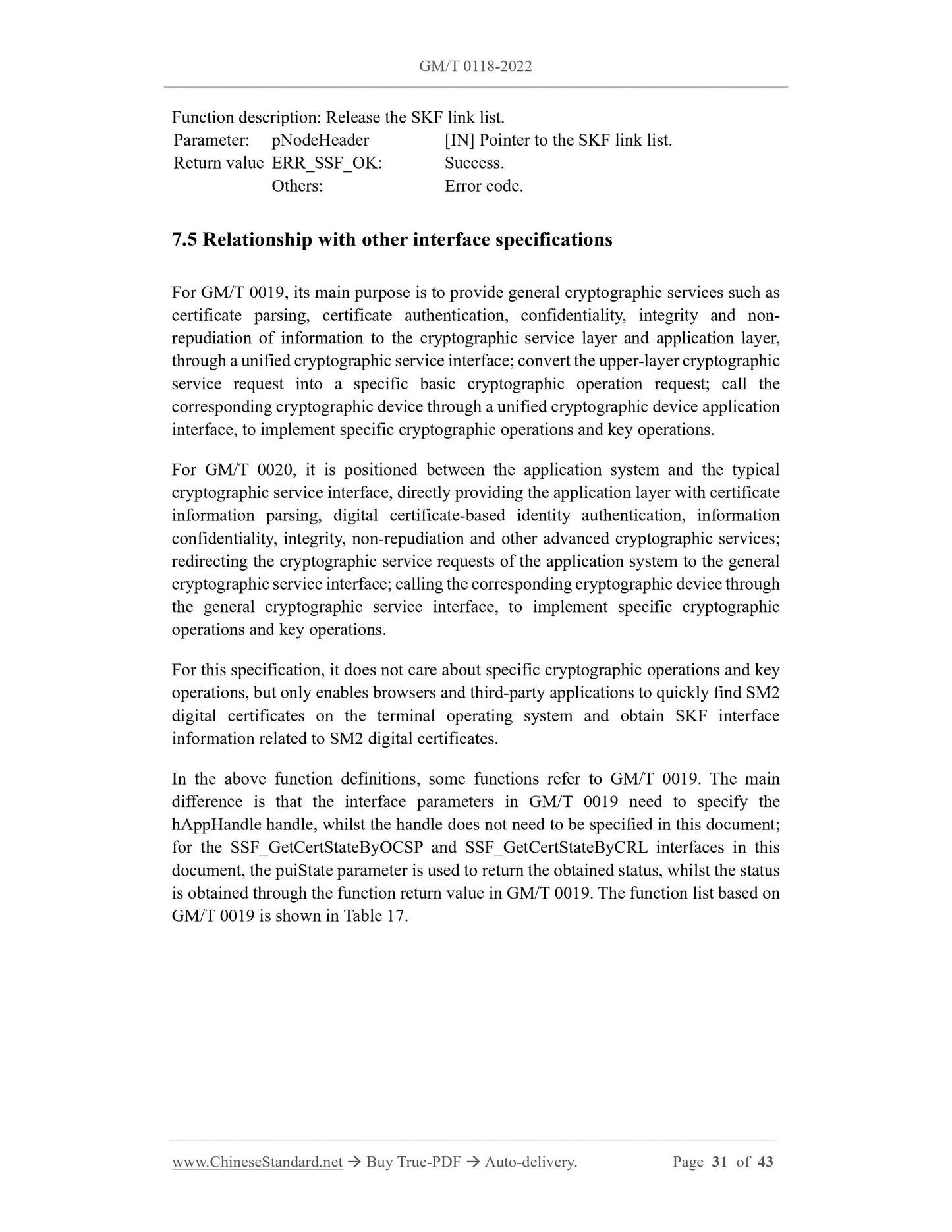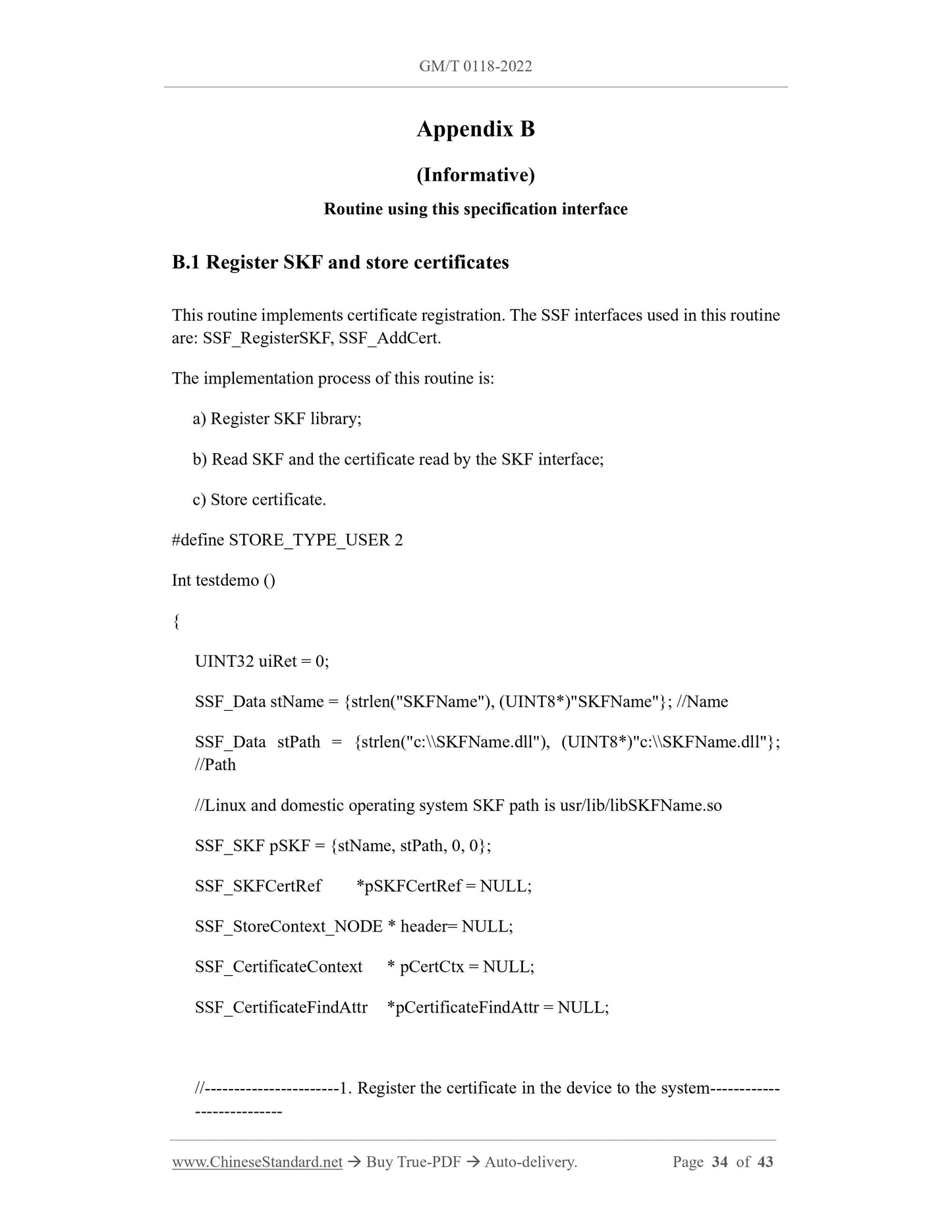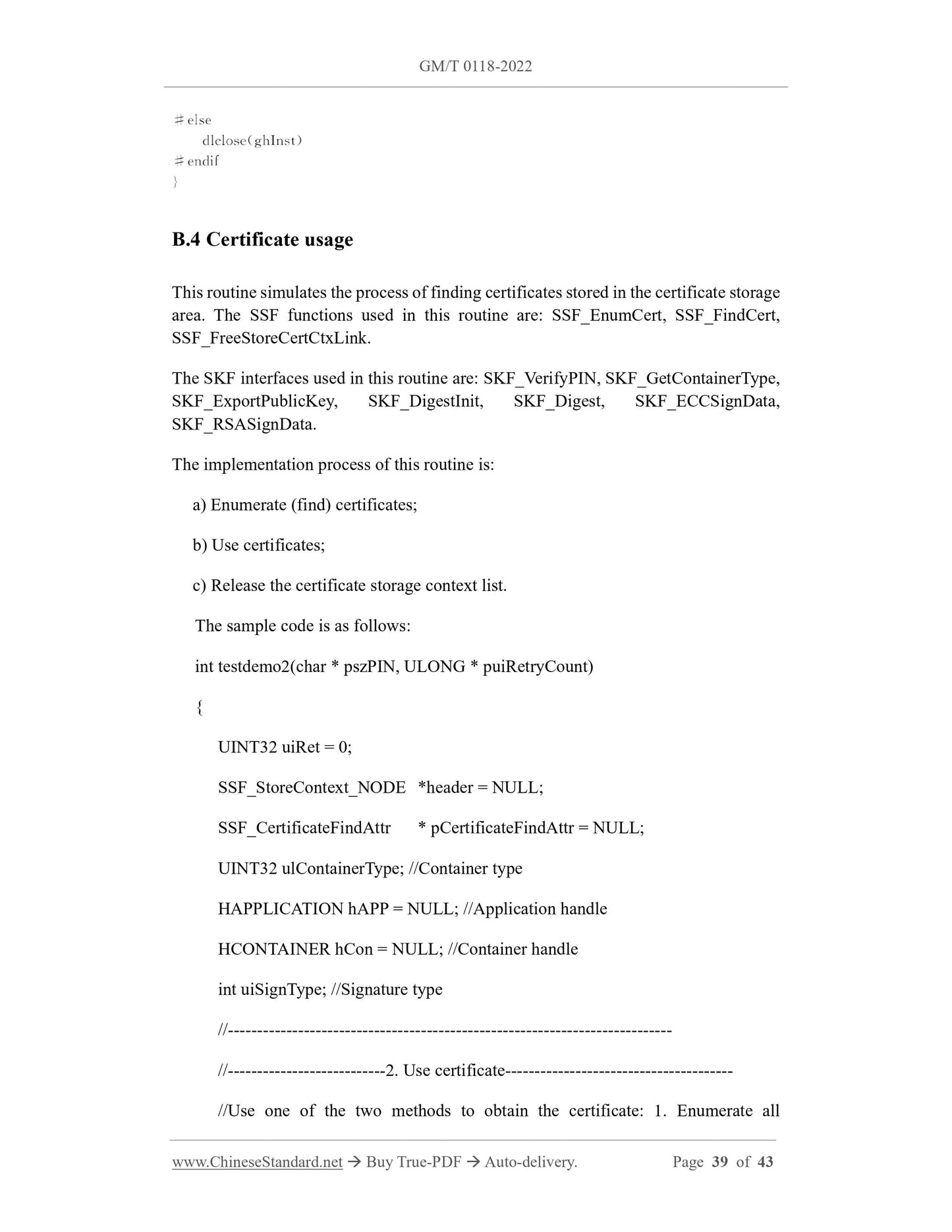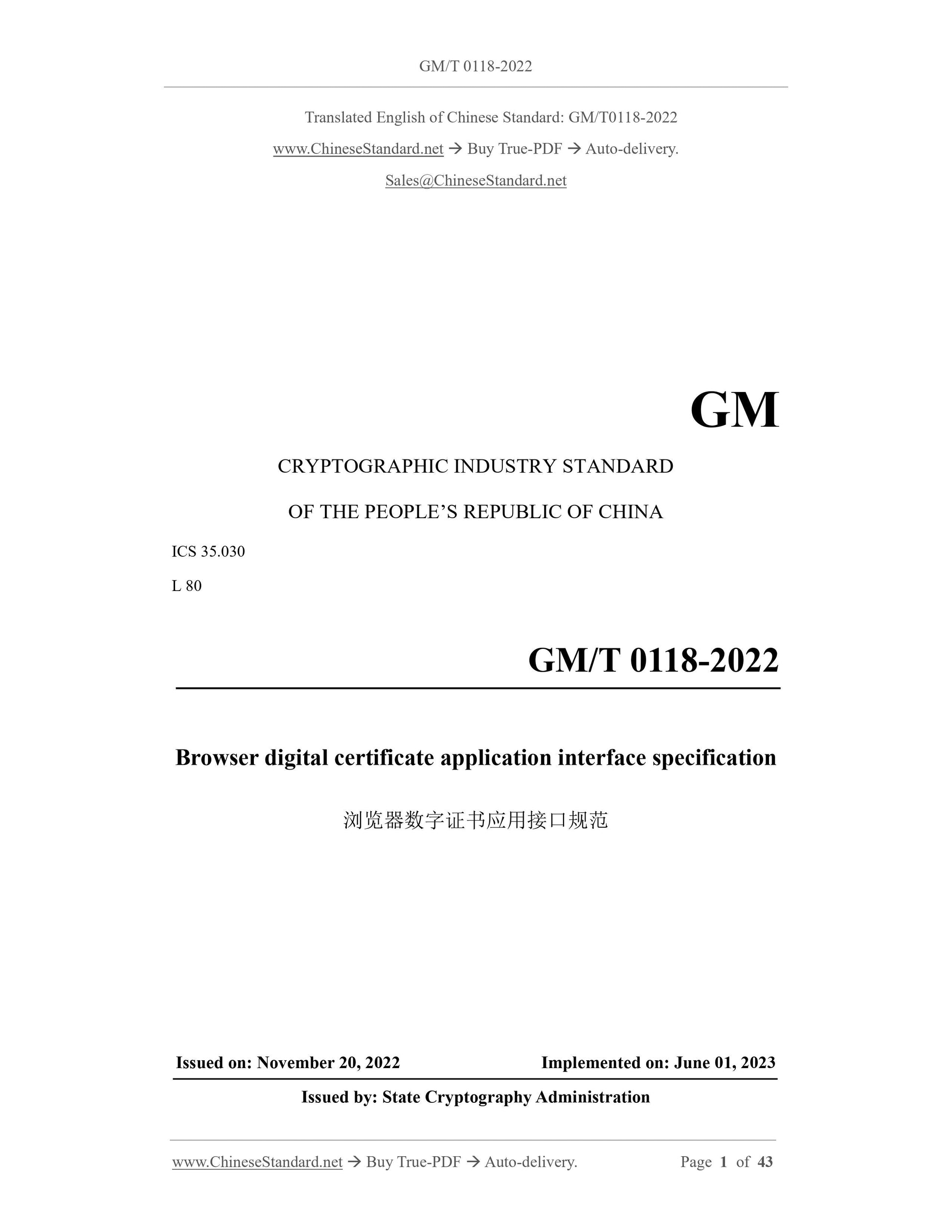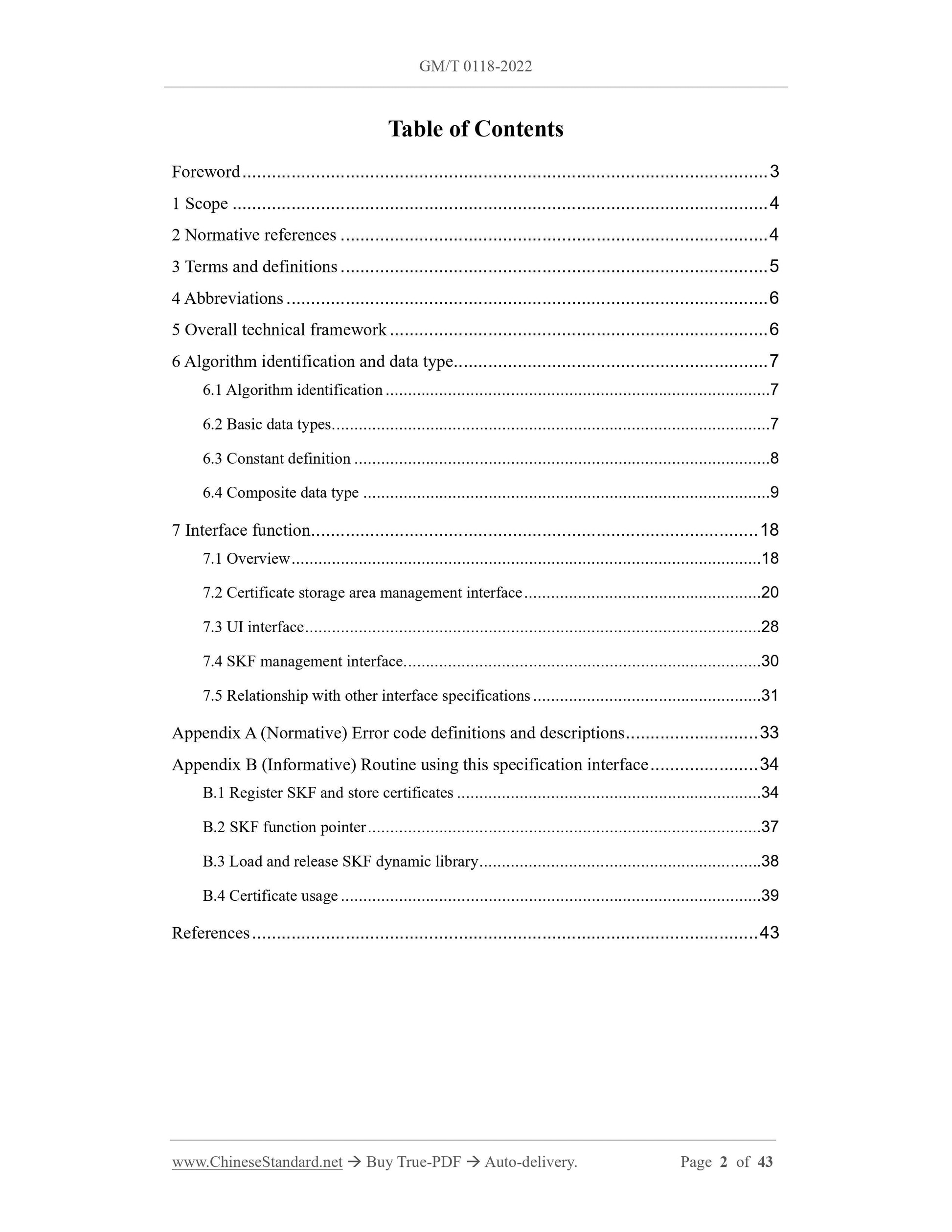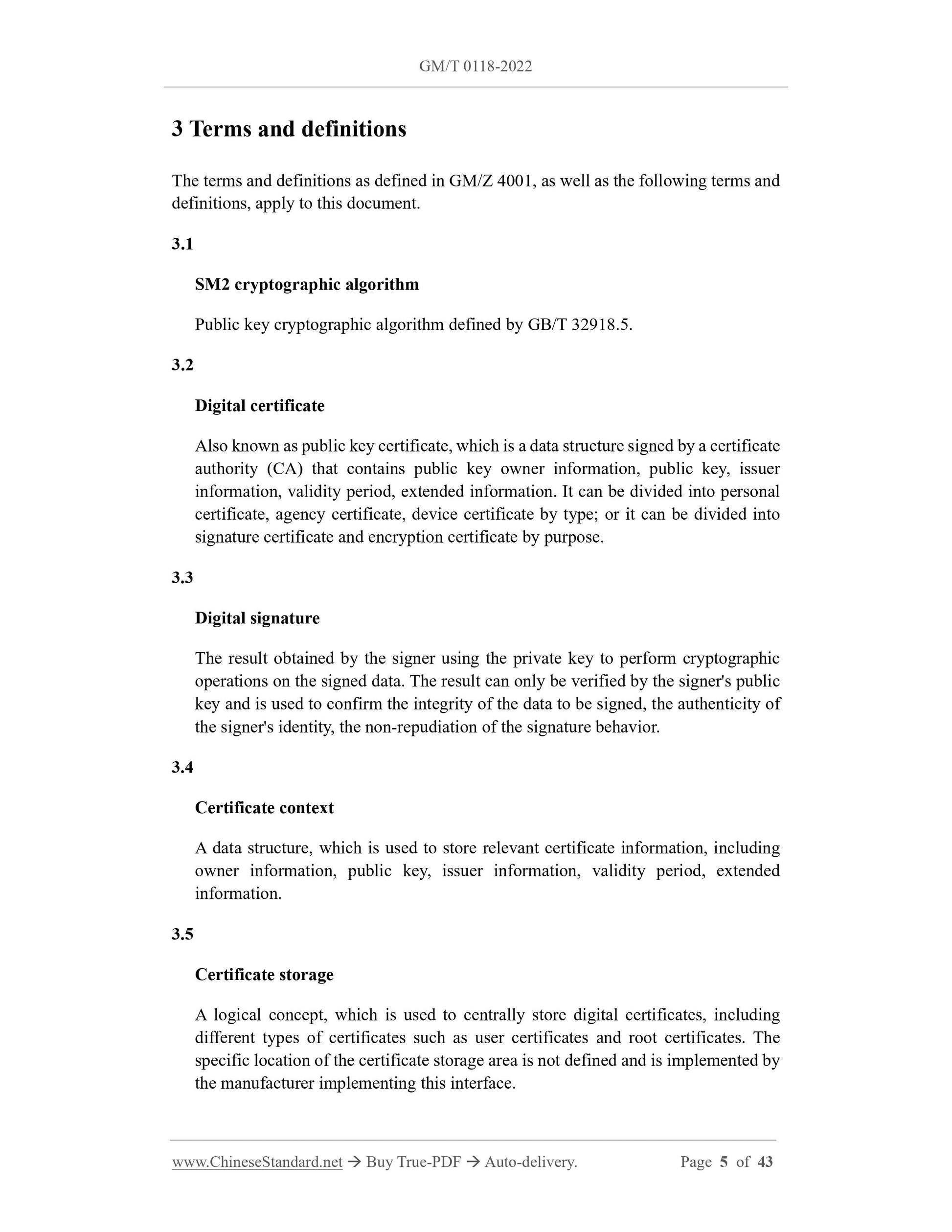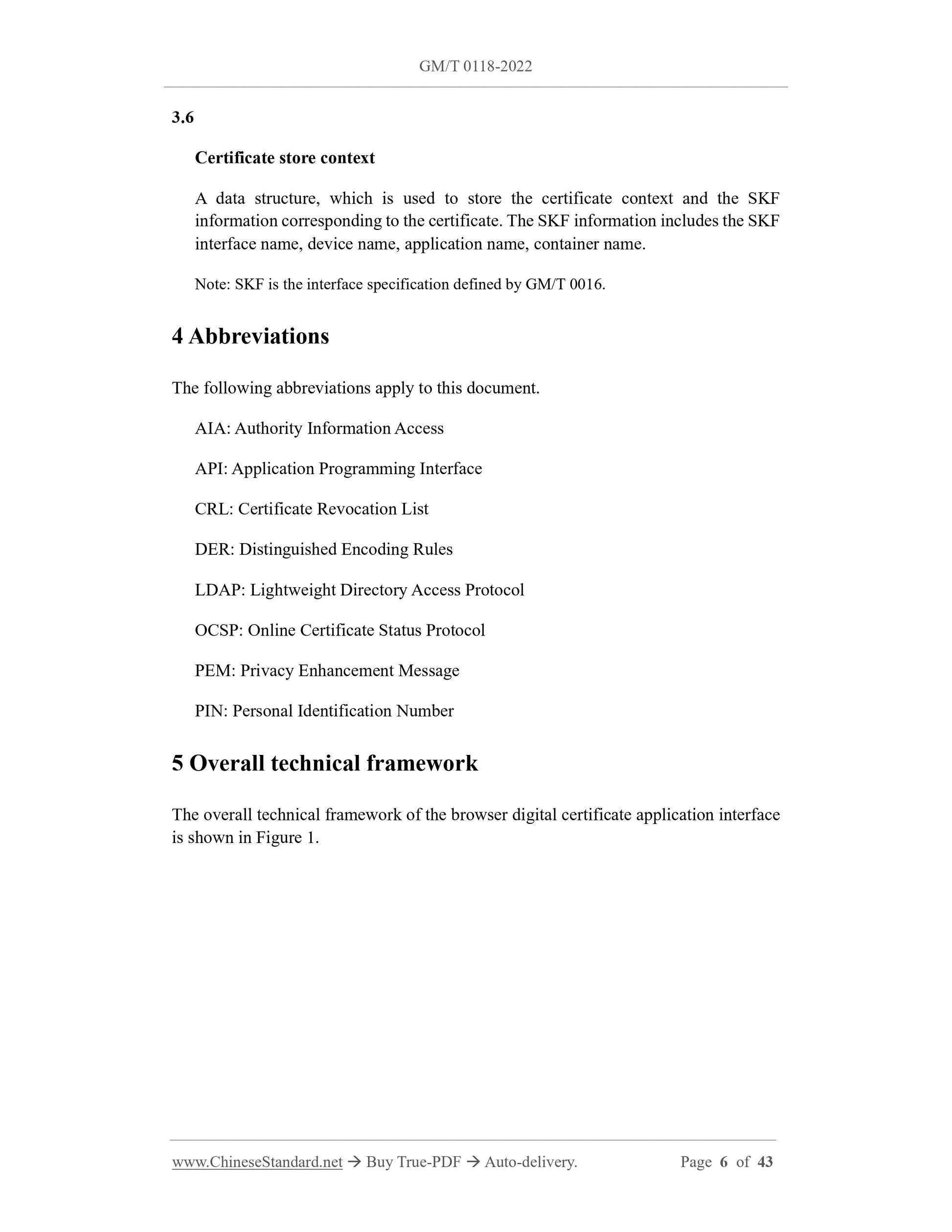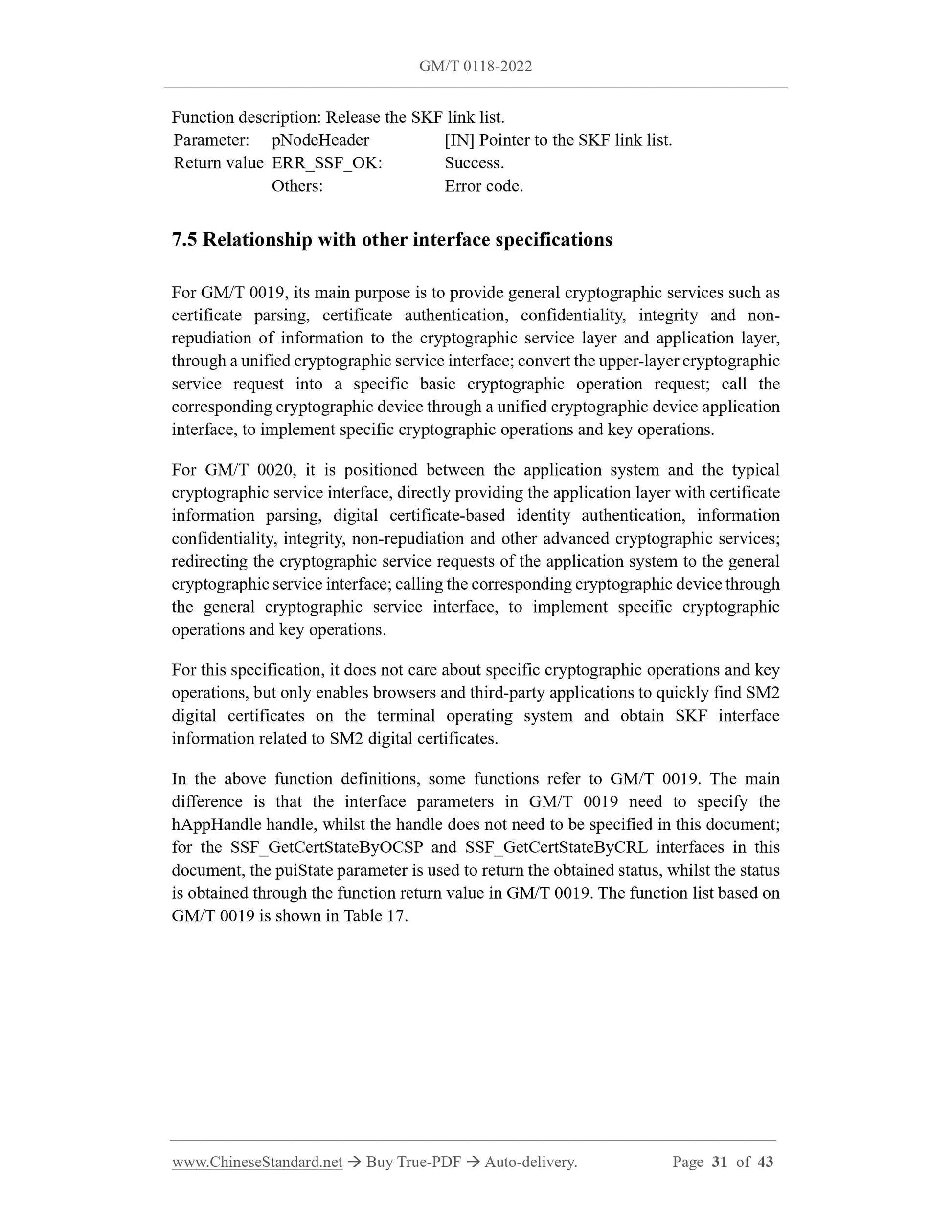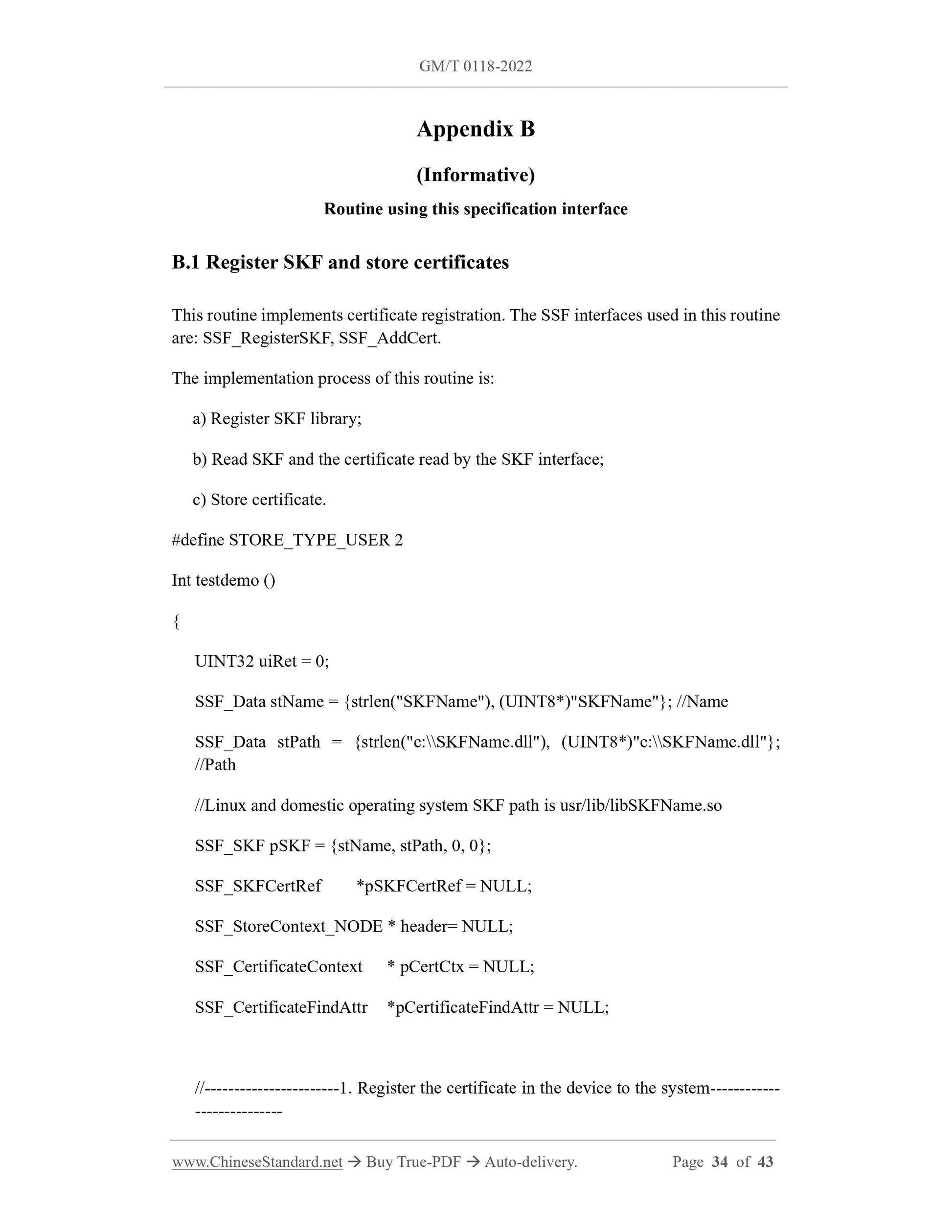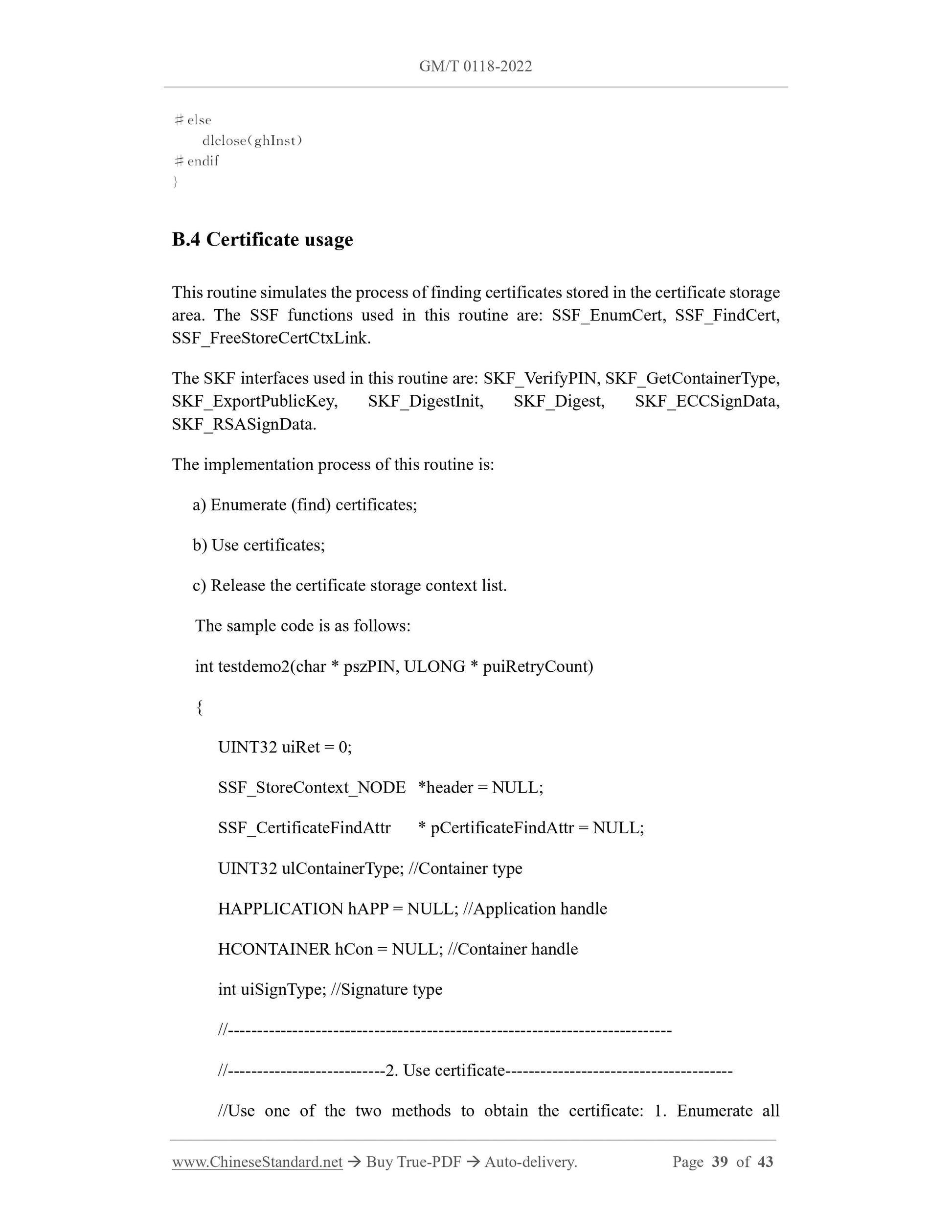1
/
of
8
www.ChineseStandard.us -- Field Test Asia Pte. Ltd.
GM/T 0118-2022 English PDF (GM/T0118-2022)
GM/T 0118-2022 English PDF (GM/T0118-2022)
Regular price
$560.00
Regular price
Sale price
$560.00
Unit price
/
per
Shipping calculated at checkout.
Couldn't load pickup availability
GM/T 0118-2022: Browser digital certificate application interface specification
Delivery: 9 seconds. Download (and Email) true-PDF + Invoice.Get Quotation: Click GM/T 0118-2022 (Self-service in 1-minute)
Newer / historical versions: GM/T 0118-2022
Preview True-PDF
Scope
This document specifies the browser SM2 digital certificate application interface;describes the definition of functions, data types and parameters of the digital certificate
application interface in browsers, that support the application of domestic cryptographic
algorithms.
This document is applicable to the development, application, testing of browser
products, the development of browser applications that support SM2 digital certificates,
the testing of secure browser password modules; it can also be used to guide the
integration and development of third-party applications calling SM2 digital certificates
in different terminal devices.
Basic Data
| Standard ID | GM/T 0118-2022 (GM/T0118-2022) |
| Description (Translated English) | Browser digital certificate application interface specification |
| Sector / Industry | Chinese Industry Standard (Recommended) |
| Classification of Chinese Standard | L80 |
| Word Count Estimation | 32,372 |
| Date of Issue | 2022-11-20 |
| Date of Implementation | 2023-06-01 |
| Issuing agency(ies) | State Administration of Cryptography |
Share
